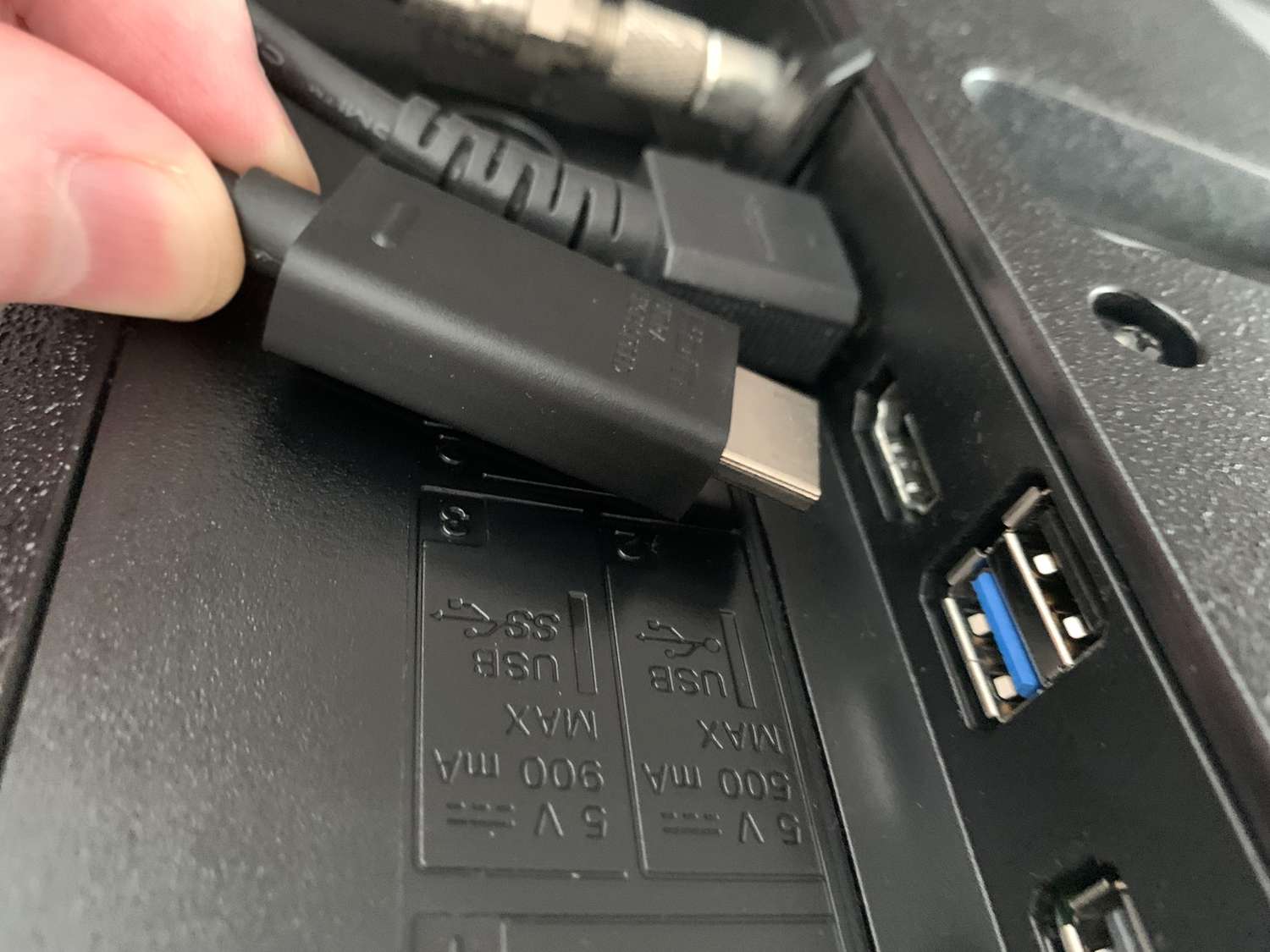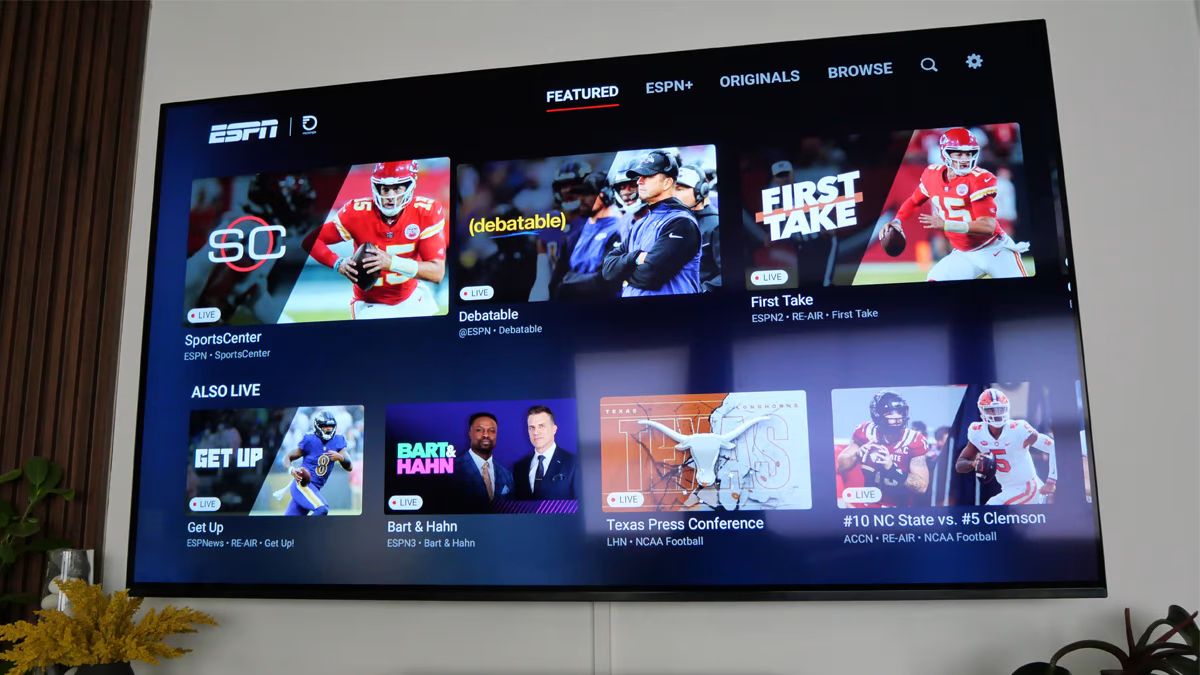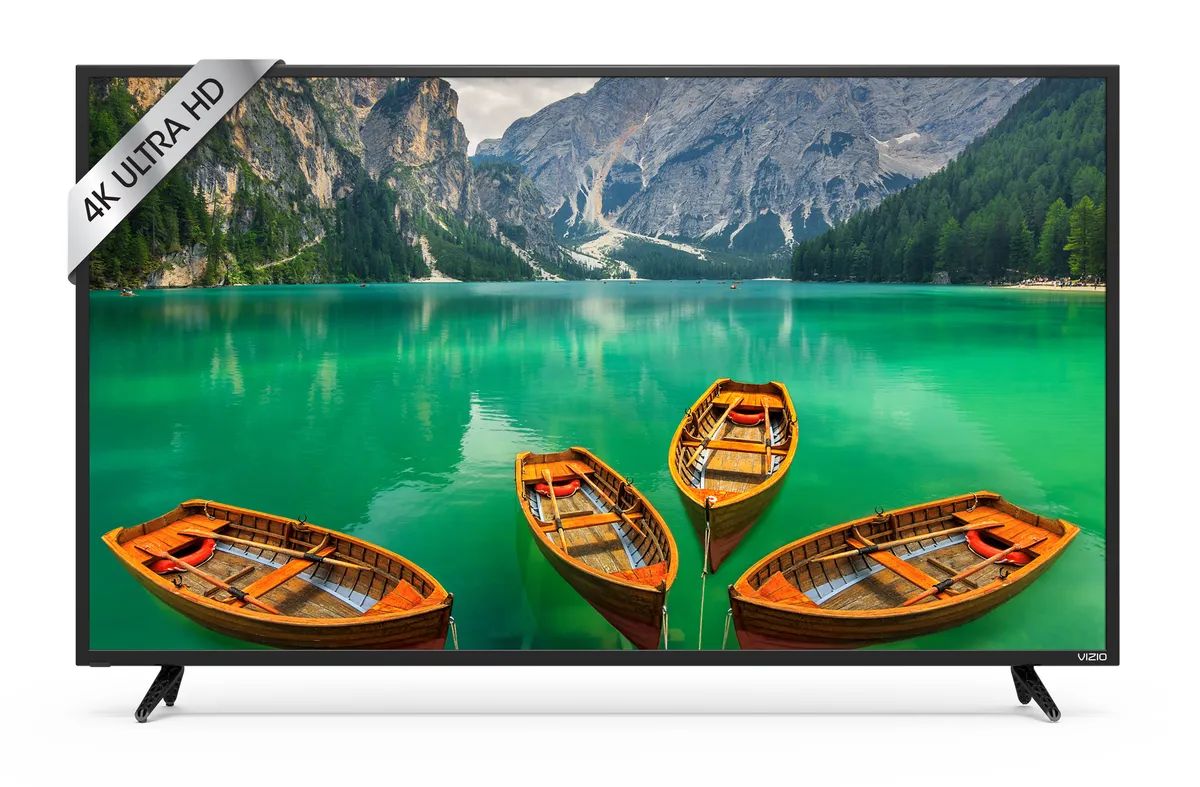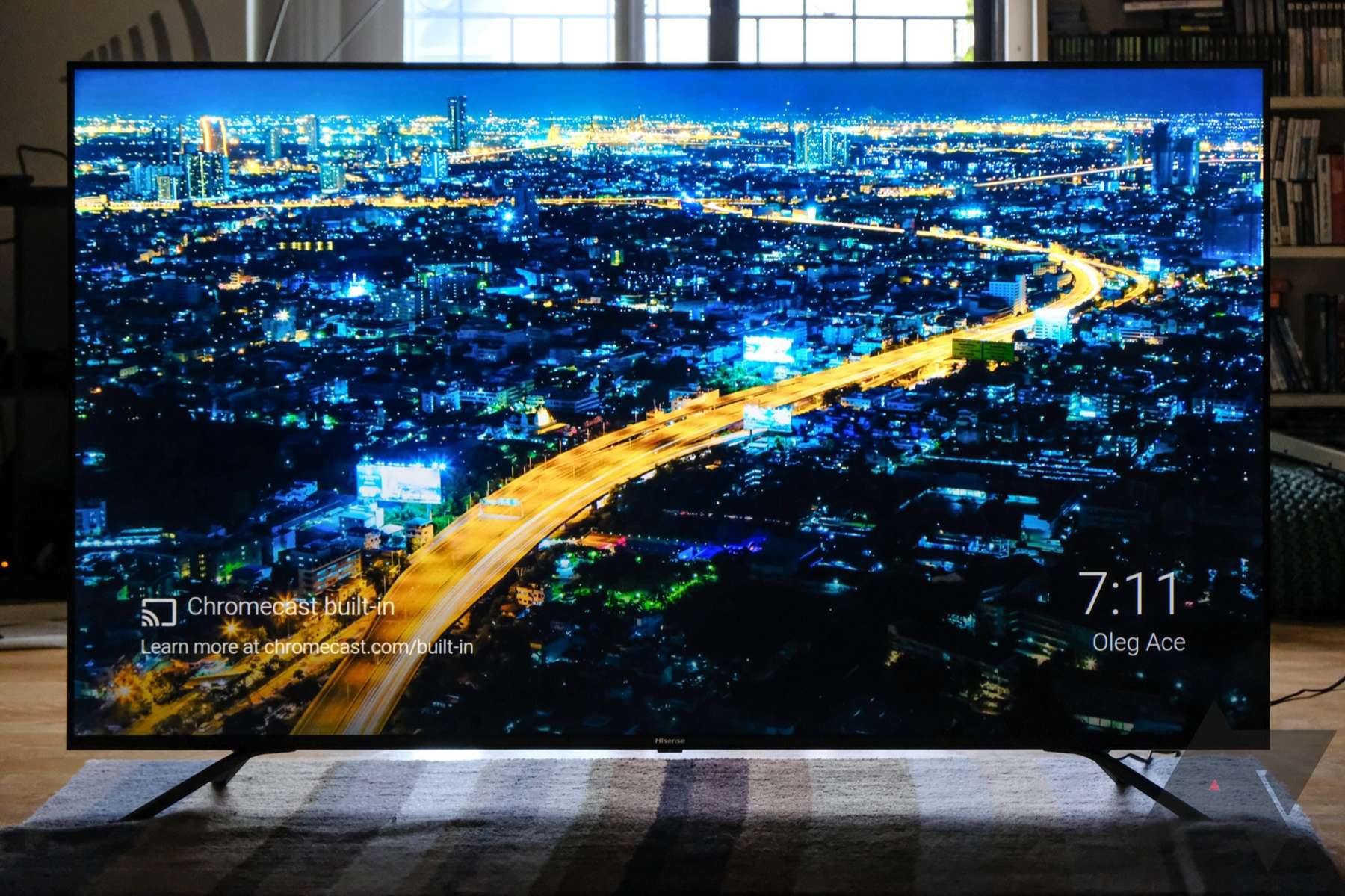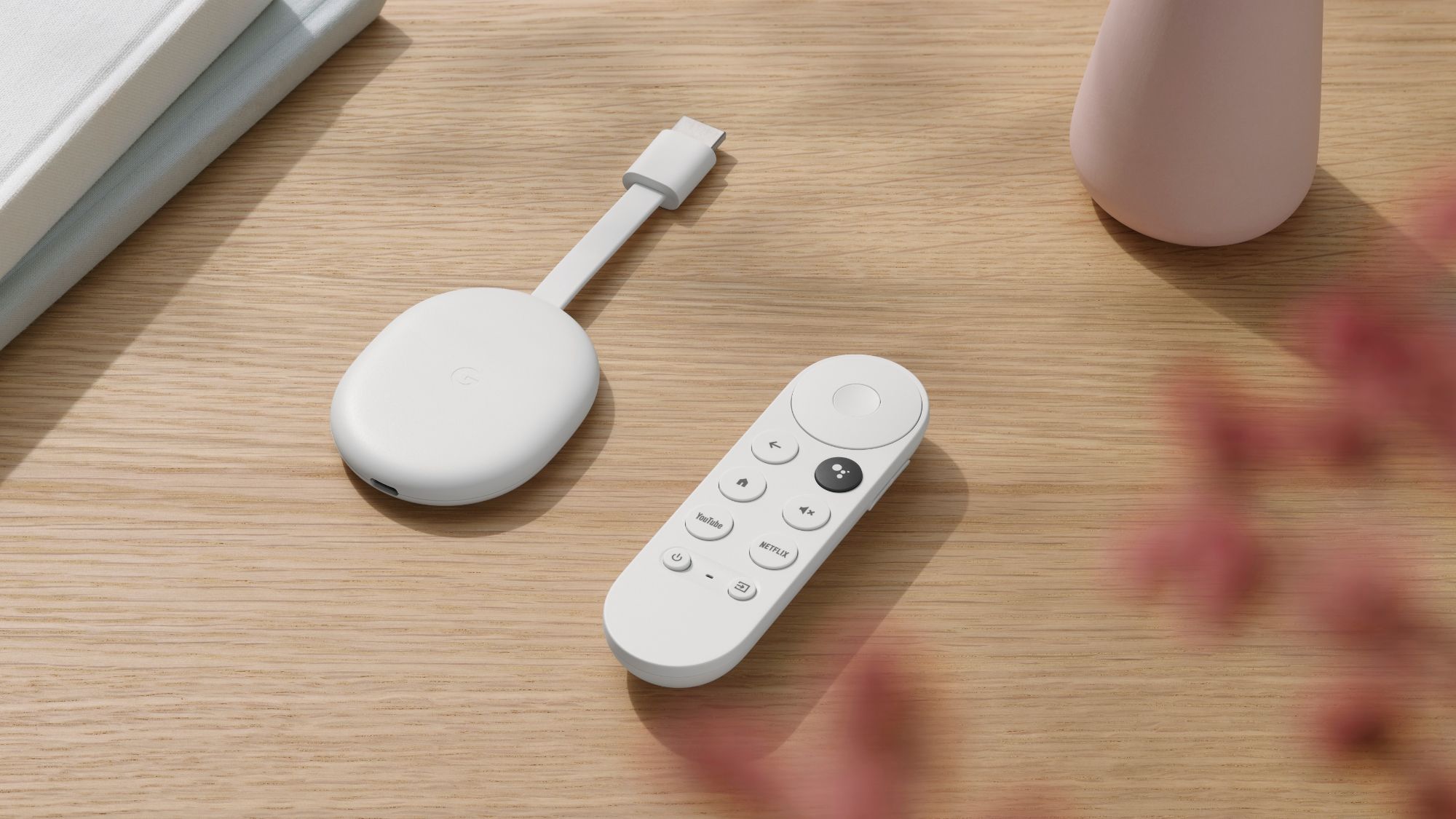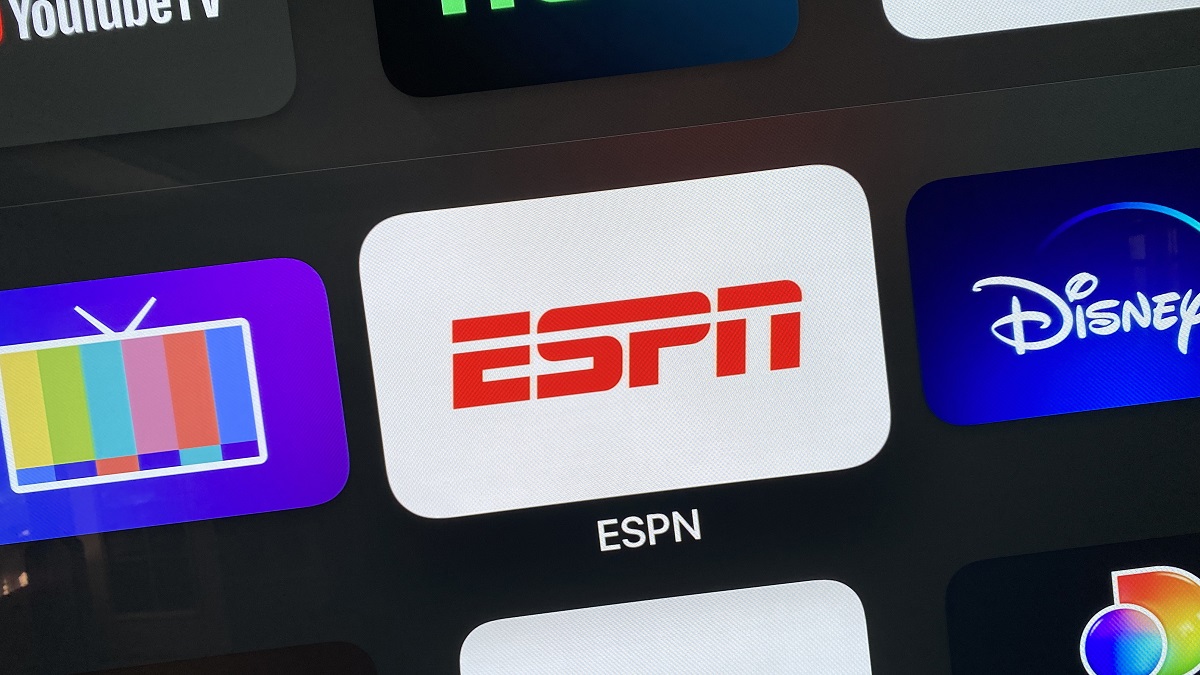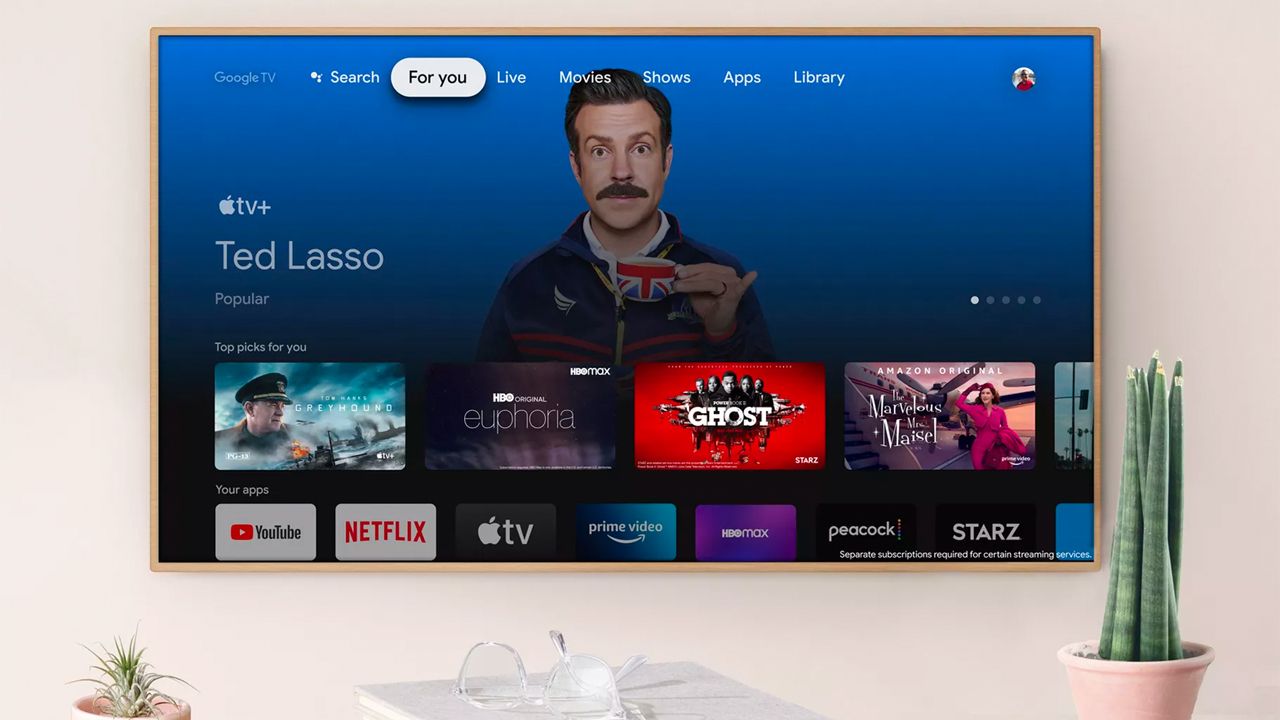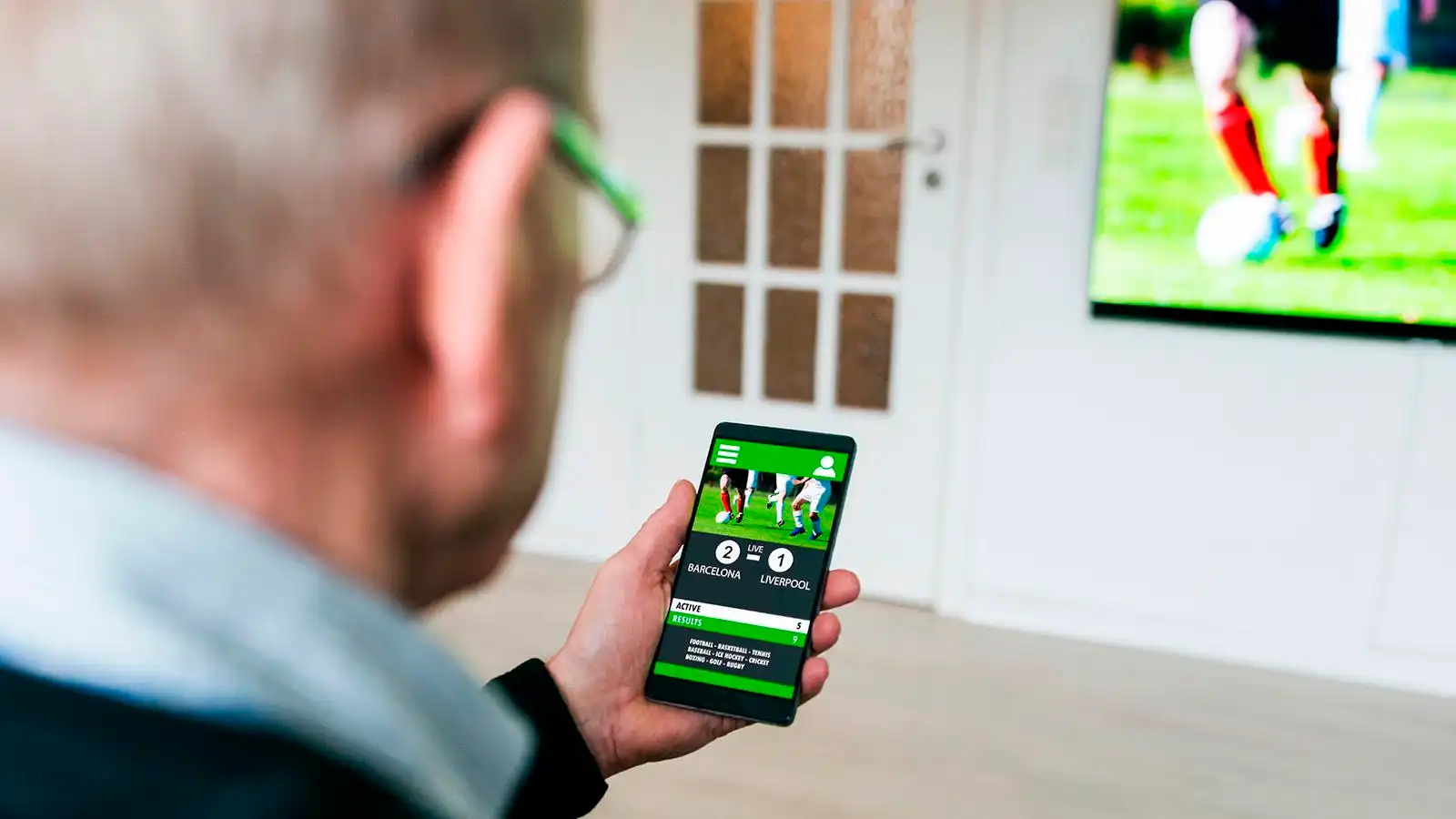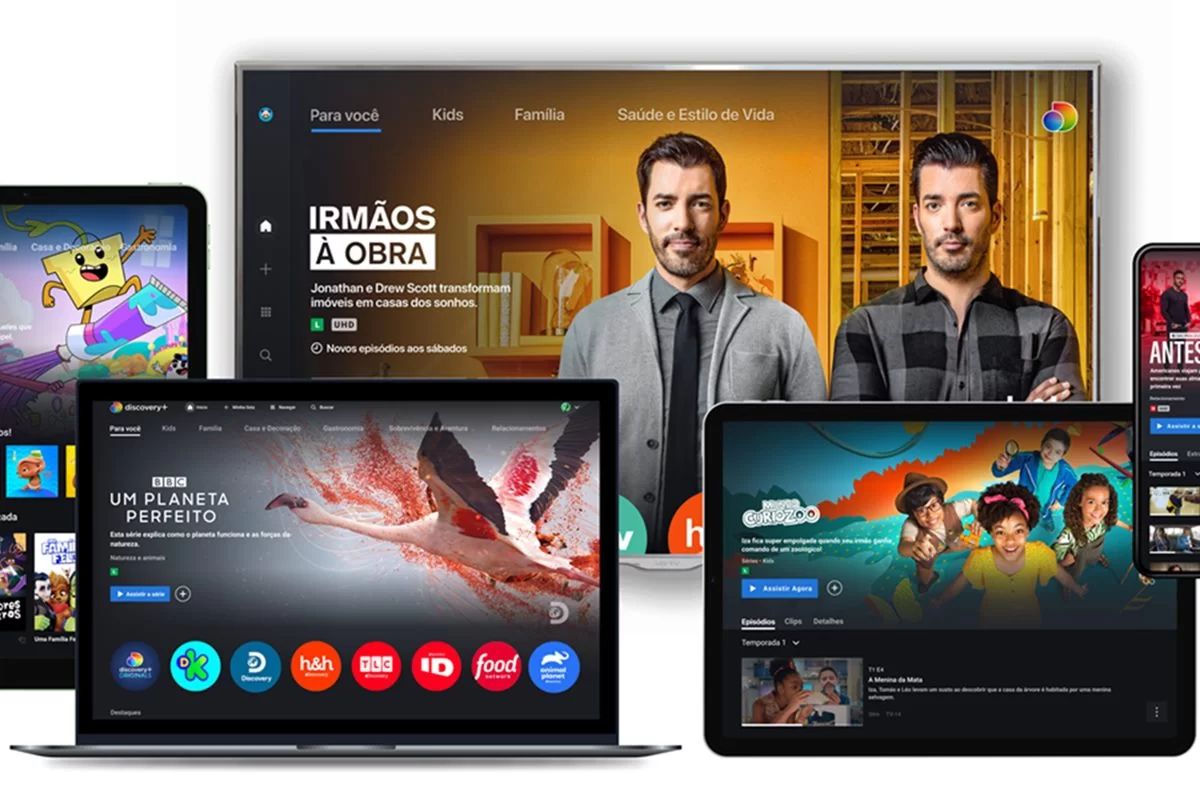Introduction
Chromecast has revolutionized the way we stream and share content on our TVs. With its seamless connectivity and user-friendly interface, Chromecast allows us to enjoy a wide range of entertainment options with just a few clicks. However, what if you want to Chromecast to multiple TVs simultaneously? Is it even possible? The answer is yes, and in this article, we will explore several methods to accomplish this.
Whether you want to cast a movie, sports event, or presentation to multiple TVs at the same time, there are a few requirements and methods to consider. In this guide, we will cover various approaches, including using multiple Chromecast devices, employing a splitter or HDMI matrix switch, streaming through a device with multiple outputs, utilizing a mirroring app on mobile devices, and finally, using a wireless display adapter.
While each method has its pros and cons, the main goal is to provide you with the option that best suits your needs and preferences. Whether you are hosting a party, conducting a business meeting, or simply spreading the joy of entertainment throughout your home, we’ve got you covered. So let’s dive into the exciting world of Chromecast and discover how to cast to multiple TVs!
Requirements for Chromecast: Multiple TVs
Before proceeding with the different methods of Chromecasting to multiple TVs, there are a few essential requirements to keep in mind. To ensure a smooth and seamless streaming experience, consider the following:
- Multiple TVs with HDMI ports: Each TV you want to cast to will need to have an available HDMI port. This is where you will connect the Chromecast device or the streaming device.
- Strong Wi-Fi network: A reliable and robust Wi-Fi network is crucial when casting to multiple TVs simultaneously. Make sure your Wi-Fi network is capable of handling multiple devices streaming content at the same time.
- Power source: Make sure you have access to power outlets near each TV, as the Chromecast and other streaming devices need a power source to function.
- Chromecast devices or streaming devices: Depending on the method you choose, you will need either multiple Chromecast devices or a streaming device with multiple outputs. Ensure that you have the necessary devices to connect to each TV.
- Compatible devices: To control and initiate the casting process, you will need a compatible device, such as a smartphone, tablet, or computer. Ensure that these devices are connected to the same Wi-Fi network as the Chromecast devices.
- Audio considerations: If you want to have synchronized audio across all TVs, consider using external speakers or utilizing the audio outputs of the streaming device.
Meeting these requirements will set the foundation for a successful Chromecast experience across multiple TVs. Now that we understand what is needed, let’s explore the various methods to Chromecast to multiple TVs.
Method 1: Using Multiple Chromecast Devices
If you have multiple Chromecast devices at your disposal, this method allows you to easily cast to multiple TVs individually. Here’s how it works:
- Set up each Chromecast device: Connect each Chromecast device to its respective TV using an available HDMI port. Ensure that each Chromecast is connected to the same Wi-Fi network.
- Open the casting app on your device: Using a compatible device, open the casting app, such as Google Home or the app associated with your media streaming service.
- Select the Chromecast device: In the casting app, choose the desired Chromecast device you want to cast to. This will initiate the connection between your device and the selected Chromecast device.
- Choose the content you want to cast: Browse through the available content within the casting app or choose media from your device’s library. Select the content you want to cast.
- Start casting: Once you have selected the content, tap on the cast icon within the app and choose the Chromecast device associated with the TV you want to cast to. The selected content will now appear on the chosen TV.
- Repeat for additional TVs: To cast to another TV, repeat the process by selecting the Chromecast device associated with that particular TV in the casting app.
By using multiple Chromecast devices, you can cast different content to each TV or synchronize the content playback across all TVs for a seamless multi-room experience.
Note that while this method requires multiple Chromecast devices, it provides the flexibility to control each TV individually. However, keep in mind that you may encounter some limitations when it comes to bandwidth and network performance, especially if you have a large number of Chromecast devices operating simultaneously.
Now that you have learned about using multiple Chromecast devices, let’s explore another method: using a splitter or HDMI matrix switch to cast to multiple TVs simultaneously.
Method 2: Using a Splitter or HDMI Matrix Switch
If you want to cast the same content to multiple TVs simultaneously without the need for multiple Chromecast devices, using a splitter or HDMI matrix switch is an excellent solution. Follow these steps:
- Connect the streaming device: Connect your streaming device, such as a laptop or media player, to the splitter or HDMI matrix switch using an HDMI cable.
- Connect the splitter or HDMI matrix switch to the TVs: Use additional HDMI cables to connect the output ports of the splitter or HDMI matrix switch to the HDMI ports of each TV you want to cast to.
- Set up the streaming device: Ensure that your streaming device is set up to cast or mirror its screen to the connected TVs. This can typically be done through the display settings or by installing a screen mirroring app.
- Select the content and start casting: Once the streaming device is set up, select the desired content you want to cast and initiate the casting process. The content will be simultaneously displayed on all connected TVs.
A splitter takes the HDMI signal from your streaming device and duplicates it to multiple outputs, while an HDMI matrix switch allows for more advanced control, enabling you to choose which TVs receive the signal. Both options provide a straightforward and cost-effective way to cast to multiple TVs without the need for additional Chromecast devices.
However, it’s important to note that using a splitter or HDMI matrix switch may have limitations, such as a lack of synchronization between TVs or potential signal degradation if the cable lengths are too long. Additionally, streaming devices that support HDCP (High-bandwidth Digital Content Protection) may restrict the use of splitters and HDMI matrix switches.
Now that you have learned how to use a splitter or HDMI matrix switch to cast to multiple TVs, let’s move on to explore another method: using a streaming device with multiple outputs.
Method 3: Using a Streaming Device with Multiple Outputs
If you prefer a centralized solution for casting to multiple TVs, using a streaming device with multiple outputs is an excellent option. This method allows you to connect a single device to multiple TVs simultaneously. Here’s how:
- Choose a streaming device with multiple outputs: Look for a streaming device, such as an Android TV box or a media player, that offers multiple HDMI outputs. These devices are specifically designed to connect to multiple TVs at once.
- Connect the streaming device to the TVs: Using HDMI cables, connect each HDMI output port on the streaming device to the HDMI input port on each TV you want to cast to.
- Set up the streaming device: Follow the manufacturer’s instructions to set up the streaming device. This may involve configuring network settings, signing into streaming services, or downloading necessary apps.
- Select the content and start casting: Once the streaming device is set up, use its interface or a compatible app to select the desired content you want to cast. The content will then be simultaneously displayed on all connected TVs.
Using a streaming device with multiple outputs provides a centralized and convenient solution for casting to multiple TVs. It eliminates the need for multiple Chromecast devices or additional splitters, streamlining the casting process.
However, keep in mind that the streaming device you choose should have sufficient processing power and compatibility with the apps and services you intend to use. Some streaming devices may have limitations on the number of simultaneous streams or may not support specific streaming platforms.
Now that you have learned about using a streaming device with multiple outputs, let’s explore another method: using a mirroring app on mobile devices.
Method 4: Using a Mirroring App on Mobile Devices
If you want to cast content from your mobile device to multiple TVs, using a mirroring app is a convenient option. This method allows you to mirror your mobile device’s screen to multiple TVs simultaneously. Here’s how:
- Install a mirroring app: Search for and install a mirroring app on your mobile device. There are various options available, such as Google Home, AirScreen, or Miracast.
- Connect your mobile device to the same Wi-Fi network as the TVs: Ensure that both your mobile device and the TVs you want to cast to are connected to the same Wi-Fi network.
- Open the mirroring app: Launch the mirroring app on your mobile device.
- Select the TVs: In the mirroring app, select the TVs you want to cast to. Make sure that the TVs are compatible with the selected mirroring app.
- Start mirroring: Initiate the mirroring process from your mobile device. Your mobile screen will be mirrored onto all the selected TVs simultaneously.
- Play the desired content: Once mirroring is active, open the app or content you wish to cast on your mobile device. It will be displayed on all connected TVs.
Using a mirroring app allows you to cast any content from your mobile device, including videos, photos, presentations, or even games, to multiple TVs at once. It offers flexibility and convenience, with the ability to control and navigate the content directly from your mobile device.
However, it’s important to note that the performance of mirroring apps can vary depending on the mirroring technology used and the compatibility between your mobile device and the TVs. Additionally, some mirroring apps may require a separate subscription or in-app purchases for advanced features or improved streaming quality.
Now that you have learned how to use a mirroring app on mobile devices to cast to multiple TVs, let’s move on to explore another method: using a wireless display adapter.
Method 5: Using a Wireless Display Adapter
If you want to cast content from your computer or laptop to multiple TVs without the need for cables, using a wireless display adapter is a great solution. This method allows you to wirelessly stream your computer screen to multiple TVs at once. Here’s how:
- Choose a wireless display adapter: Look for a wireless display adapter that is compatible with your computer’s operating system and offers the ability to connect to multiple TVs simultaneously. Examples include the Microsoft Wireless Display Adapter or the Google Chromecast with Google TV.
- Connect the wireless display adapter to the TVs: Plug the wireless display adapter into the HDMI port of each TV you want to cast to. Ensure that each TV is turned on and set to the correct input source.
- Connect the wireless display adapter to your computer: Follow the instructions provided by the manufacturer to connect the wireless display adapter to your computer. This may involve installing software or drivers.
- Select the TVs: Using the software or settings associated with the wireless display adapter, select the TVs you want to cast to. Make sure that the TVs are within the range of the wireless display adapter.
- Start casting: Once the connection is established, your computer screen will be wirelessly mirrored onto all the selected TVs simultaneously.
- Display the desired content: Open the application or content you wish to cast on your computer. It will be displayed on all connected TVs, allowing you to share presentations, videos, or any other content with ease.
Using a wireless display adapter eliminates the need for cables and provides a seamless way to cast your computer screen to multiple TVs. It allows for flexibility and convenience, enabling you to share and collaborate on content in various settings, such as business presentations or home entertainment setups.
However, it’s important to note that the performance and compatibility of wireless display adapters can vary depending on the specific brand and model. Some adapters may have limitations on the number of simultaneous connections or may require a stable Wi-Fi network for optimal streaming quality.
Now that you have learned about using a wireless display adapter to cast to multiple TVs, let’s explore some tips for ensuring smooth streaming on multiple TVs.
Tips for Smooth Streaming on Multiple TVs
When casting to multiple TVs, there are a few tips you can follow to ensure a smooth and uninterrupted streaming experience. Consider the following recommendations:
- Optimize your Wi-Fi network: Prioritize your Wi-Fi network’s performance by placing routers strategically, minimizing signal interference, and ensuring a strong and stable connection. This will help prevent buffering or lagging issues.
- Upgrade your internet connection: If you frequently cast to multiple TVs and encounter buffering or quality issues, it may be worthwhile to upgrade to a higher internet speed plan to accommodate the additional bandwidth required.
- Close unnecessary background applications: When casting to multiple TVs from a streaming device or computer, close any unnecessary applications running in the background. This will free up processing power and ensure smoother streaming performance.
- Use wired connections: Whenever possible, opt for wired connections between devices and TVs, such as using Ethernet cables instead of relying solely on Wi-Fi. Wired connections tend to offer more stable and reliable streaming experiences.
- Keep devices updated: Ensure that both your casting devices and the TVs you are casting to have the latest firmware updates installed. Updates often include performance improvements and bug fixes that can enhance the casting experience.
- Check HDMI cables: If you are using HDMI connections, make sure that the cables are in good condition and securely connected. Faulty or loose cables can result in signal loss or quality degradation.
- Limit simultaneous streams: If you notice performance issues when casting to multiple TVs, consider reducing the number of simultaneous streams or choosing lower resolution options to alleviate bandwidth constraints.
- Test and adjust settings: Experiment with different settings, such as video quality, audio synchronization, or screen mirroring options, to find the configuration that works best for your specific setup and preferences.
By following these tips, you can enhance the streaming experience when casting to multiple TVs. Implementing these recommendations will help ensure smooth playback, reduce interruptions, and maximize enjoyment across all screens.
Now that you are equipped with these tips, you can confidently cast to multiple TVs while maintaining the best possible streaming quality.
Conclusion
Casting to multiple TVs adds a new dimension to your entertainment experience, allowing you to share and enjoy content across different screens simultaneously. In this article, we explored several methods for Chromecasting to multiple TVs, including using multiple Chromecast devices, employing a splitter or HDMI matrix switch, utilizing a streaming device with multiple outputs, using a mirroring app on mobile devices, and leveraging a wireless display adapter.
Each method offers its own advantages and considerations, allowing you to choose the approach that aligns best with your setup, preferences, and budget. Whether you opt for the simplicity of multiple Chromecast devices or the centralized convenience of a streaming device with multiple outputs, there is a solution to suit your needs.
However, to ensure a smooth streaming experience, it is important to meet the necessary requirements, such as having compatible devices, a strong Wi-Fi network, and suitable power sources. Additionally, implementing tips like optimizing your Wi-Fi network, using wired connections, and keeping devices updated can help overcome potential performance challenges.
With the abundance of streaming options and the desire to connect multiple TVs, the methods outlined in this article provide practical solutions for casting to multiple screens with ease. Whether you are hosting a gathering, delivering a presentation, or simply spreading entertainment throughout your home, the possibilities for multi-TV casting are now within your reach.
So, why limit yourself to a single TV? Explore the methods discussed in this article, transform your viewing experience, and enjoy the convenience of casting to multiple TVs.







